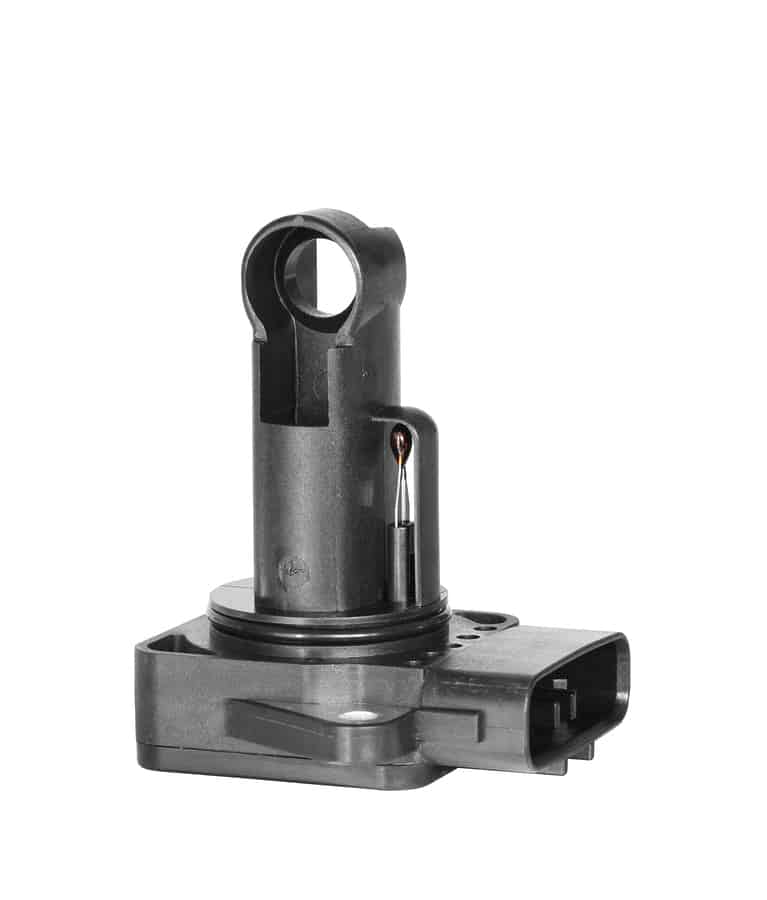
Your car’s mass airflow sensor is the part of the engine that’s used to monitor the amount of air used in the combustion process. The part is only found on fuel-injected engines and it works with the ECU to ensure that the right amount of air is being supplied to the engine, to ensure efficient combustion of fuel in the cylinders.
Some of the common problems with your car that could well indicate a problem with the mass airflow sensor are difficulties with the car when idling, including stalling and sudden changes in the fuel economy of the car. When the mass airflow sensor has completely failed it will generally cause the car to idle incredibly roughly or not at all due to the lack of effective fuel control.
Replacing the mass airflow sensor is an easy task and requires a small amount of working knowledge of your vehicle. You’ll need to set aside around half an hour to an hour maximum to complete this task.
You will need: Screwdriver
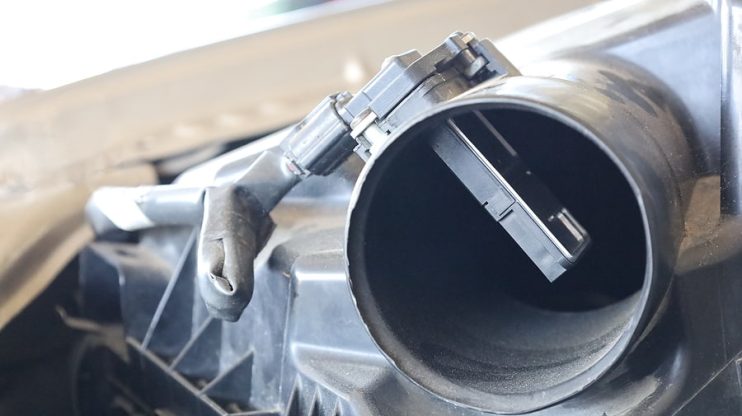
Step 1: Open the car and locate the mass airflow sensor
Making sure that the car is parked on flat, level ground and all the systems have had a good amount of time to cool, open the bonnet and look for the mass airflow sensor. It is usually found in the air pipes between the air filter housing and the intake manifold assembly on the car’s engine.
Step 2: Loosen clamps and remove sensor
Next you will want to gently remove the electrical connector and the hose clamps that hold the mass airflow sensor in place on your vehicles air intake. This should now allow you to pull the part away from the air intake. When this is free inspect the old part for damage and check the connecting wires to ensure that all the terminals are clean.
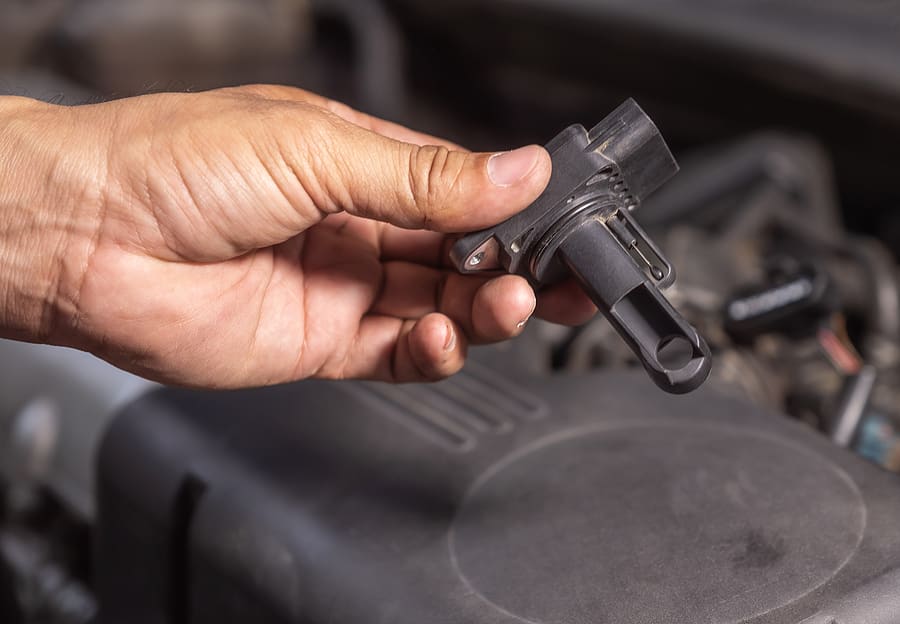
Step 3: Install the new mass air flow sensor
Take a moment to compare the new part to the old part to ensure that you have the right sensor for your vehicle. All the connections and holes should match up across both parts. When you are satisfied, install the new sensor in your vehicle and simply reverse the removal process to connect the hose clamps and wiring.
Finally
As with all parts replacements you’ll want to take your car for a test drive when you have finished the job. Here you’re looking for a more responsive drive quality when you put down the accelerator on starting from idle and perhaps a more conservative fuel economy over time. If your car is still stalling too easily then you could have deeper problems within the engine and it may be worth getting your vehicle checked out by a professional mechanic.

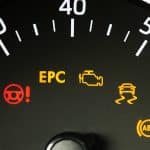

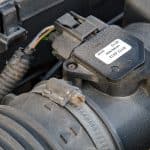
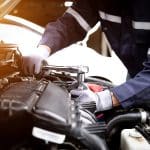

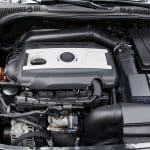

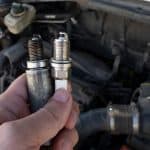
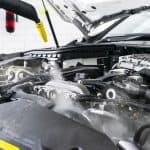
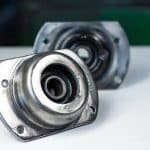
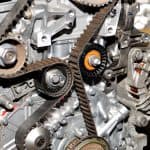
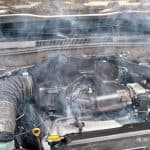
.png)